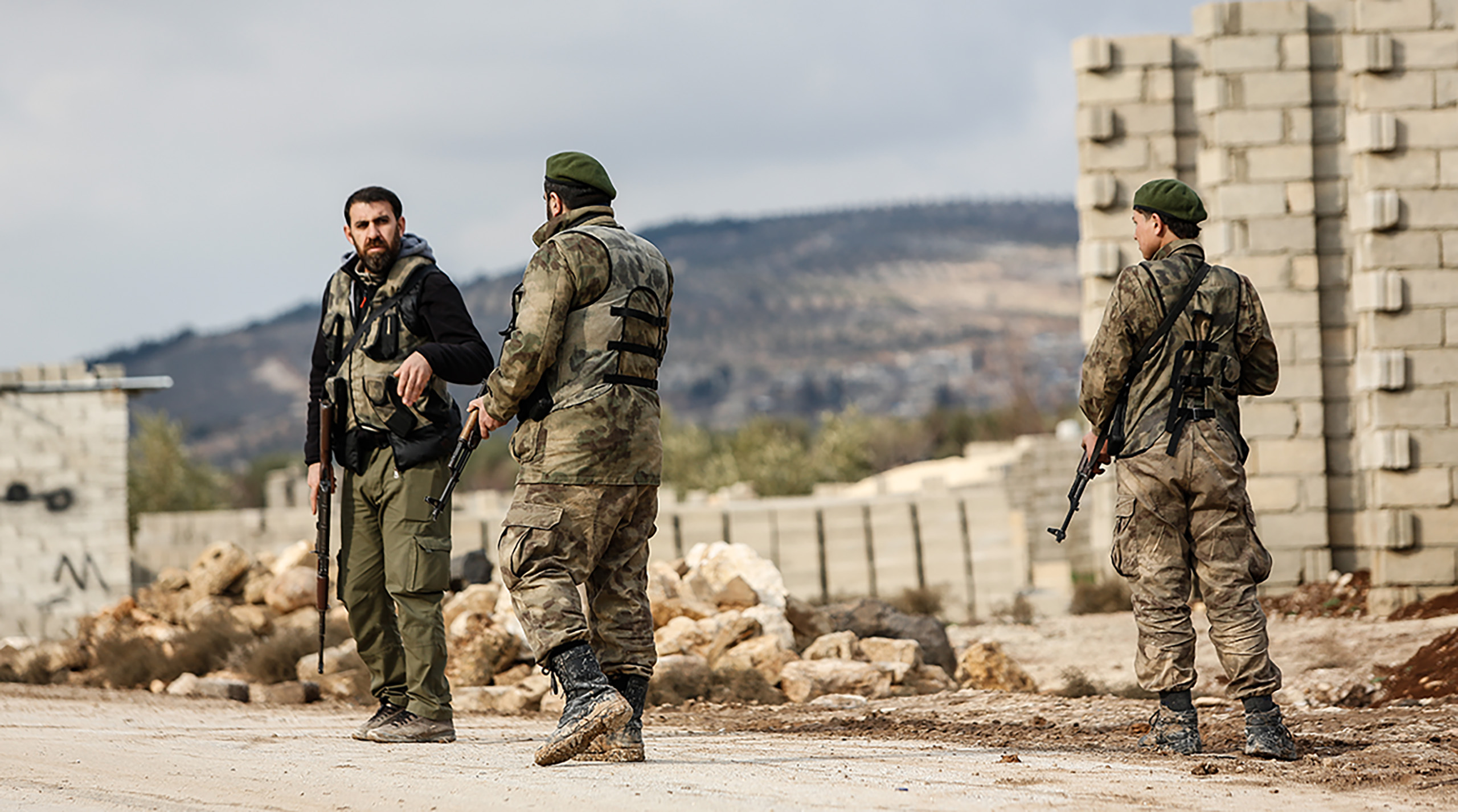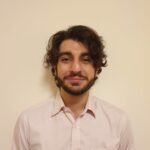Guerilla warfare hurting talks of stability and development in Northeastern Syria

Free Syrian Army waiting at border, Azaz, Syria. Photograph By IV. Andromeda (Shutterstock, 2018).
Guerilla warfare hurting talks of stability and development in Northeastern Syria
A meeting was held on December 3, 2020, in Ras al-Ayn, northern Syria, a territory occupied since October 2019 by Turkish and Turkish-backed Syrian rebel forces (Duz et al, 2020). The meeting was held by commanders of the Syrian National Army (SNA), previously known as the Free Syrian Army (FSA) or Turkish-backed Free Syrian Army (TFSA) before 2017 (TRT World, 2017). The Syrian Arab Army (SAA), the official regime army loyal to Bashar al-Assad, lost control of Ras al-Ayn back in 2012 after offensives by the FSA, the People’s Protection Units (YPG) and two jihadist groups, the al-Nusra Front and Ghuraba al-Sham (Lister, 2015). The YPG is a Kurdish militia, considered to be the armed wing of the Syrian Democratic Forces (SDF), another opposition group, composed of Kurds and other minorities (Barfi, 2016). The SDF, and by extension the YPG, has been supported by the United States (US) in order to: 1. Consolidate the US’ influence in the region and limiting Iran’s and Russia’s, who are Bashar al-Assad’s allies (Borger et al, 2018). 2. Lead a war against Islamist terrorism, targeting ISIS and the remaining Al Qaeda groups (Borger et al, 2018). 3. Pacify the region to secure American and European economic and energy interests (Ahmed, 2013). In July 2013, the YPG expelled all other armed groups from the town, took control of the Syrian-Turkish border in the area (AFP, 2013), and included Ras al-Ayn into Rojava, the self-proclaimed autonomous region governed by Syrian Kurds (Zabad, 2017). However, on October 6, 2019, the USA withdrew its troops from Northeastern Syria, which is Rojava territory, ending its on-field support to its Kurdish allies (Marcus, 2019). Three days later, on October 9, 2019, Turkey launched Operation Peace Spring (in Turkish: Barış Pınarı Harekâtı) (McKernan et al, 2019), in order to establish a safe zone at their border. This military operation was targeted towards Kurds and the SDF, as they hold close ties to the Kurdistan Workers’ Party (PKK) in Turkey, a separatist political organization labeled as a terrorist organization by Turkey, the USA, and the European Union (EU) (European Commission, 2019). This operation marked the latest war crimes and human rights violations towards Syrian civilians since the Baathist party took over the government in the 1970s, maintaining the power in the Assad family since then. Assadism has led to the Alawitization of the government and military (Al Kattan, 2016). Violence and terror has been used to maintain the ethnic minority’s power over the state (Alawites are part of a Shia Islam sect, while Syria is in majority following Sunni Islam), as shown by the Hama massacre, and continuous repression and military intervention against political opposition (The Syrian Human Rights Committee, 2019). The large number of actors and parties in the Syrian civil war (Syrian government, Syrian rebels/opposition, Kurds, Turkey, Iran, Saudi Arabia, USA, EU, Israel, Islamic terrorist groups, etc.) has meant that civilians have never been safe from strikes aimed to demoralize them and rise up against whatever power is controlling their region at that point (Sherlock, 2018). Amnesty International has gathered evidence from Operation Peace Spring showing that Turkey has committed war crimes against civilians in Kurdish territory, in retaliation to what Turkey claims to have been war crimes perpetrated by Kurds on Turkish territory (Amnesty International, 2019). According to the Syrian Observatory for Human Rights, over 115 000 civilians have, reportedly, been killed since the beginning of the civil war in 2011, not counting those “killed under torture in the detention centres and prisons of Bashar al-Assad’s regime,” or other prisoners, missing or kidnapped persons, nor injuries. Around 13 million additional civilians have been displaced, and those still in Syria have been severely impoverished: “93% of Syrians and Syrian women are living in poverty, 65% of them living in extreme and abject poverty (Syrian Observatory for Human Rights, 2020). These numbers show the importance of meetings, such as the Ras al-Ayn one, that can give hope to civilians by setting up development goals and restoring human rights in the area. However, these talks are held in regions under continuous external threat from different parties, and while it is important to think about the future of these regions, it is hard to imagine it when attacks and shift of power is happening regularly. The Turkish-Kurdish war has led to great suffering for Syrian civilians in North-East Syria, and the meeting held in Ras al-Ayn, has been met with a car bombing response by the YPG. While the reported numbers by the Syrian Observatory for Human Rights are unclear, both civilians and Turkish soldiers have, reportedly, lost their lives (Syrian Observatory for Human Rights, 2020).

Article by
Alexandros Messimeris

Categories
Anti-terrorism, Asia, Categories, Conflict Resolution, Countries, Human rights, Syria


